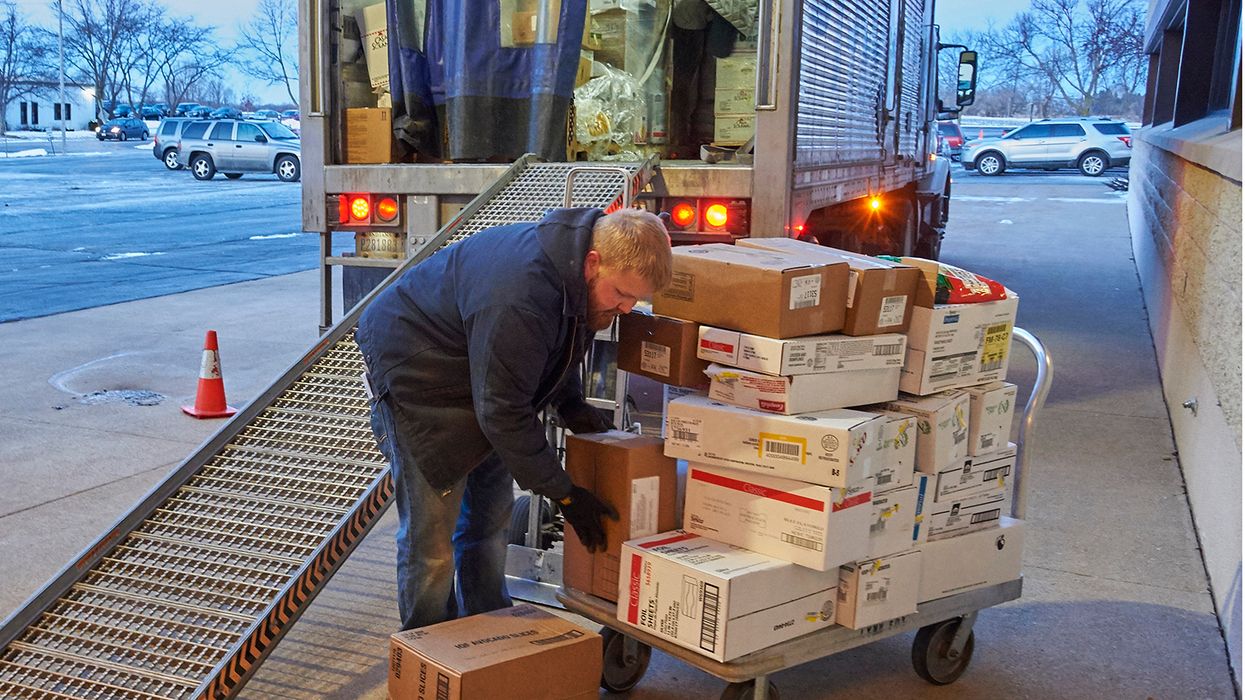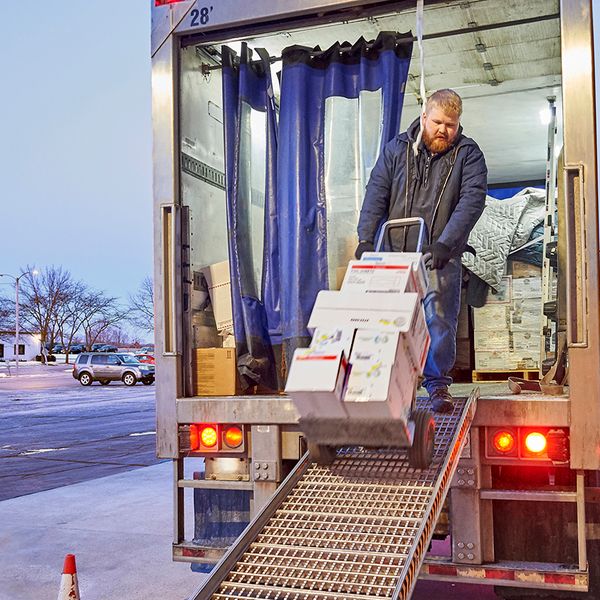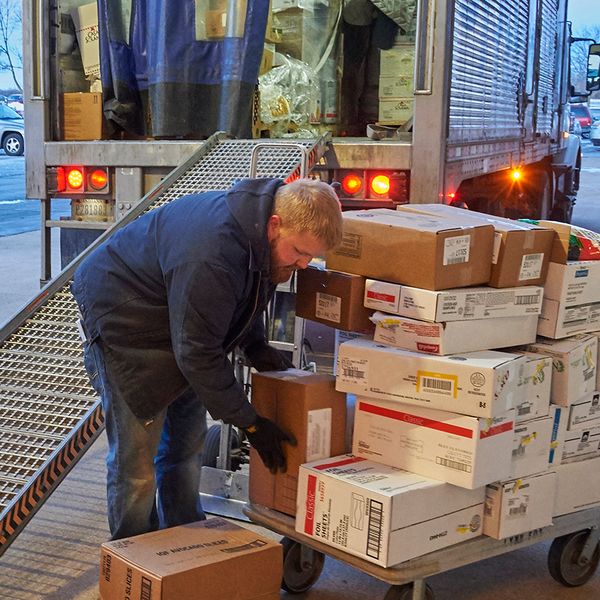Four steps to safely transporting perishables this summer
As summer temperatures begin to heat up, motor carriers may be required to safeguard food products based on contracts with customers who are subject to the Food and Drug Administration (FDA) safety rules.
Under the rule, the shipper has a responsibility to ensure equipment and vehicles are sanitary and the food being transported is not compromised. Even though the motor carrier is not directed by FDA to employ safety procedures, the shipper — the transporter’s customer — is mandated to do so. As a result, the mandate may play out as a written contract between the shipper and food transporter, specifying safety protocols that meet the requirements of the rule.
Following are some common industry best practices to protect perishables from the summer heat that may assist motor carrier personnel involved in the transportation of food.
Step 1: Ready the load
Perishables must be kept at the desired temperature continuously throughout the trip. When the load is picked up, the driver needs to:
- Know the correct shipping temperature,
- Be told if the reefer unit should be run in stop-start or continuous mode,
- Check the cooling unit to make sure it is working properly before loading, and
- Make sure the compartment door seals are intact.
Step 2: Keep it cool
A lot can happen in the points between the shipper and receiver. The shipper has placed an expectation on the carrier that the load will make it to the destination unscathed. Drivers must remain diligent to ensure against spoilage. Suggested practices for your driver while on the road include:
- Checking for leakage of fluids or other problems with the reefer unit,
- Monitoring the temperature function of the refrigeration unit every time the driver stops — or at least every four hours, and
- Minimizing in-transit time to reduce opportunity for spoilage.
Step 3: Document cargo condition
Drivers should be trained to do the following when they reach the receiver:
- Check and document the overall condition of the product;
- Note temperature readings on the paperwork, including the cargo itself and box or trailer;
- Ensure the customer moves the product into storage as soon as possible; and
- Contact dispatch with any overage, shortage, or damage concerns, as well as food safety or quality issues.
Step 4: Clean equipment for next shipment
The interior of the trailer should be regularly cleaned and free of debris and dirt after each delivery:
- Residues from previous cargo must be removed. For example, if you haul fresh chicken one day and fresh produce the next, you don’t want any salmonella left in the trailer for the second shipment.
- Pallets, load-securing devices, and loading equipment must be sanitary.
- Trailers and equipment should be cleaned with an approved sanitizer and wash water should be at least 180°. The food transporter must make sure residue from the cleaning solutions do not remain to create a contaminant.
- Trailers must be cleaned according to the customer contract, if specified.
















































